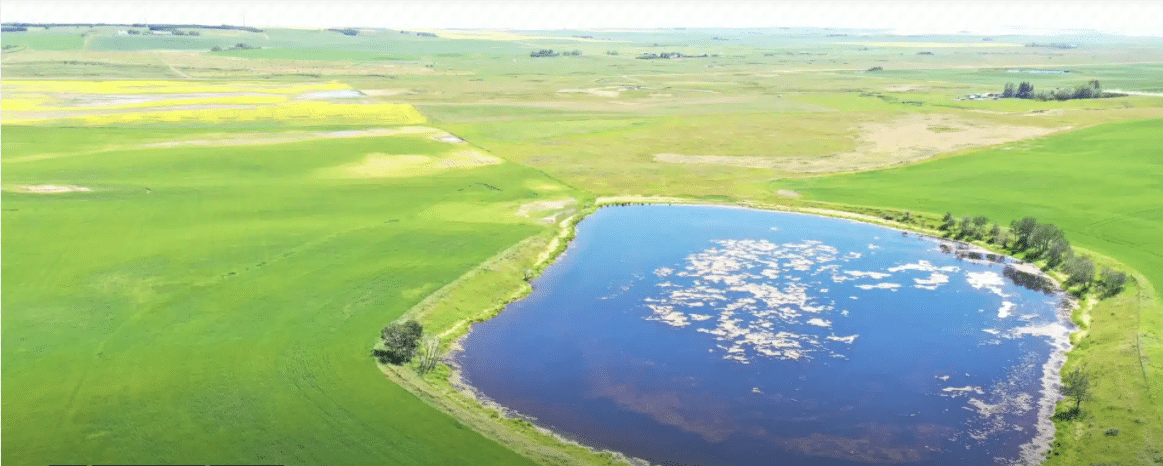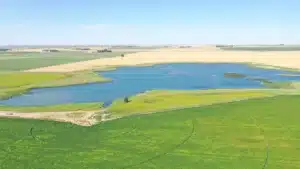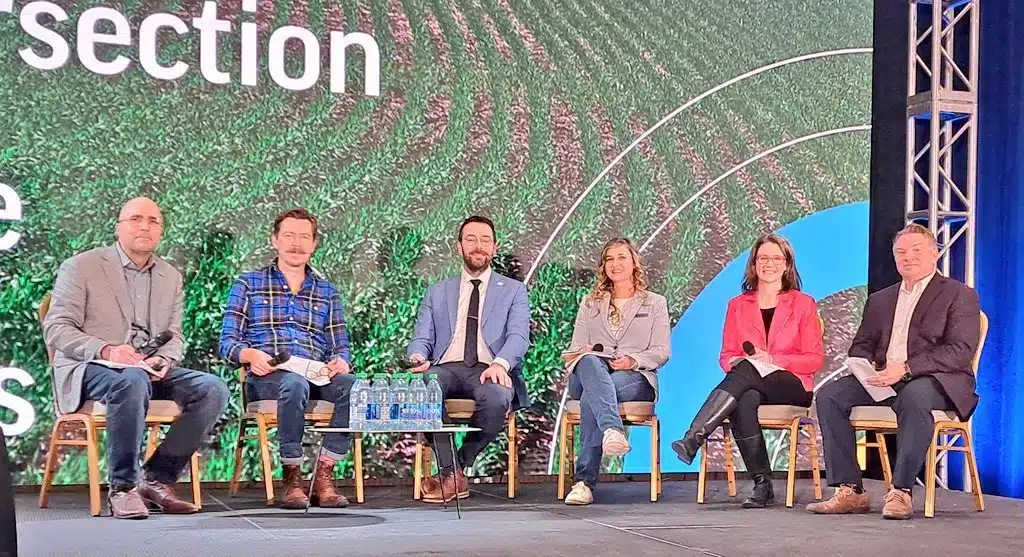Researchers say the findings will help policymakers craft sound regulations regarding the use of crop protection products.
A major Alberta watershed study has wrapped up and will soon issue a report showing Alberta farmers are good stewards of crop protection products and Alberta’s watersheds are not in danger from the use of these important tools.
The Alberta Wetlands Stewardship and Water Monitoring Project embarked on a three-year mission that not only delved into the depths of private wetlands but also aimed to bridge the gap between real-world data and the regulatory landscape.
The project strategically focused on private wetlands, acknowledging that these smaller, less explored areas present a more accurate reflection of pesticide concentrations. It is spearheaded by Team Alberta Crop members, a working collaboration between five of Alberta’s agriculture associations: Alberta Grains, , Alberta Canola, APG, , Alberta Sugar Beet Growers, and the Potato Growers of Alberta.
The project also has the support of Results Driven Agriculture Research, Canadian Agricultural Partnership, Bayer, Syngenta and BASF .
“We spent a lot of time examining the effectiveness of mitigating pesticide runoff into wetlands using vegetative filter strips, buffer zones, and best management practices. Additionally, understanding the pesticide use adjacent to these wetlands was crucial for a comprehensive analysis,” says Nevin Rosaasen, sustainability and government relations lead for the Alberta Pulse Growers, who played a major role in the study.
A lot has gone into it: hundreds of thousands of dollars in funding has allowed researchers to screen 21 Alberta wetlands adjacent to agricultural land for 127 different pesticides. The data will be stored in an online portal which will be available for consideration in pesticide re-evaluations and inform risk assessments completed by Health Canada’s Pest Management Regulatory Agency (PMRA).
This study will provide useful information that the PMRA can consider in a national water monitoring framework that the PMRA is developing in collaboration with partners across the country.
Vegetative Filter Strips: A Critical Component
A major focus of the project was to evaluate the efficacy of vegetative filter strips in mitigating pesticide runoff.
“Pesticides can move through soils and be transported by overland flow, and we aimed to determine if these chemicals not only remain detectable but also persist at levels that pose a risk to aquatic life,” Rosaasen says. This included assessing the impact on aquatic invertebrates, aquatic plants, and other sensitive receptors.
Over the course of three years, the project expanded its reach, examining wetlands in various eco-regions of Alberta. Researchers ventured from the southern part of Alberta to the Red Deer region and, in the final year, explored wetlands around Edmonton, according to Rosaasen.
“This allowed us to study different vegetation types, ground covers, and the overall landscape, transforming each wetland into a unique case study.”

Industry Collaboration and Data Utilization
Collaboration with major stakeholders, including Syngenta, Bayer, and BASF, played a crucial role.
“Their financial support and involvement in experimental design ensured a robust methodology. Our data portal, accessible to registrants, fosters a continuous dialogue, with our findings actively contributing to upcoming revaluations with the Pest Management Regulatory Agency.”
As the three-year funding cycle concludes and a report is expected to be issued in the spring, Rosaasen says the study serves as a good news story that can be used by policymakers to craft sensible policies to regulate the use of crop protection products.
“In all our sampling events across 21 wetlands, we have yet to detect any concentrations of concern to regulatory bodies. This speaks volumes about the stewardship practices of farmers and pesticide applicators, showcasing a commitment to responsible crop protection.”
While the project may have reached its formal conclusion, Rosaasen emphasizes the ongoing need for education and extension efforts.
“We must ensure that farmers adhere to labels, implement best practices, and understand the importance of measures like vegetative filter strips. This is not just about environmental compliance; it’s about maintaining a delicate balance between agriculture and conservation.”













